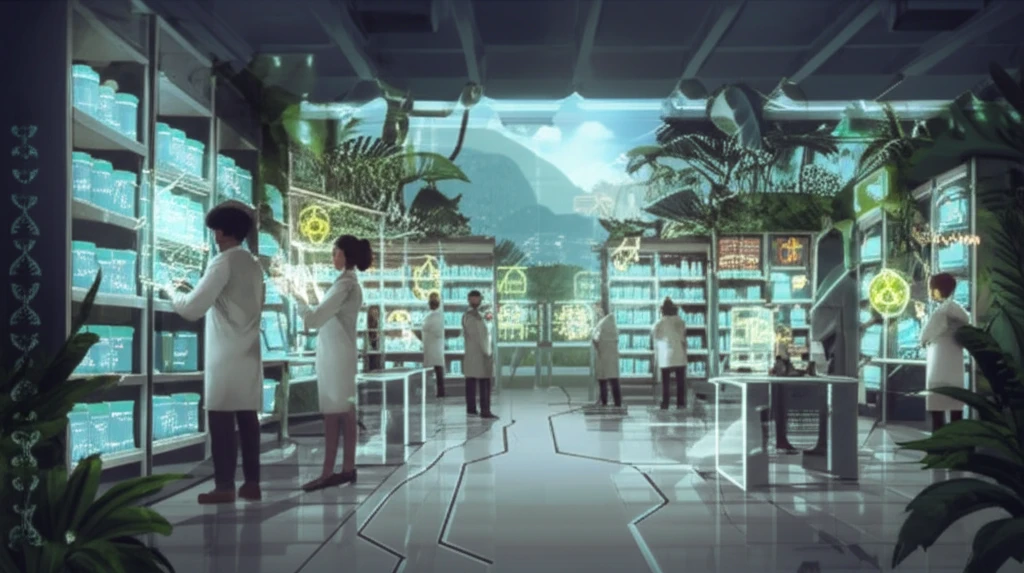
Tissue Banking in Latin America: Revolutionizing Healthcare
"Exploring the impact of radiation and tissue banking on healthcare advancements in Latin America. "
In Latin America, the landscape of healthcare is undergoing a remarkable transformation, driven by advancements in tissue banking and radiation technology. Tissue transplantation is now a well-established and effective therapy that saves lives and dramatically improves the quality of life for individuals suffering from severe burns, traumatic injuries, congenital conditions, and other debilitating diseases. This progress is underpinned by collaborative international efforts and the strategic implementation of innovative technologies.
The International Atomic Energy Agency (IAEA) has played a crucial role in this evolution by facilitating the establishment and enhancement of tissue banks across Latin America. Through technical cooperation projects, the IAEA has provided essential equipment, expert guidance, and comprehensive training in the production and application of human tissues for transplantation. This support has been instrumental in building local capabilities and fostering a culture of quality and safety in tissue banking practices.
From the late 1990s through the early 2000s, the IAEA organized regional courses in Buenos Aires, Argentina, offering intensive distance learning and face-to-face training. These courses, conducted in collaboration with the National Atomic Energy Commission (CNEA) and the Faculty of Medicine of Buenos Aires University, have created a cadre of skilled professionals dedicated to advancing tissue transplantation in the region.
The IAEA's Impact: Sterilization and Training Initiatives

The IAEA's involvement extends beyond just providing equipment; it has been pivotal in promoting the use of ionizing radiation for tissue sterilization. This method ensures that tissues are clinically safe for implantation, minimizing the risk of infection and improving patient outcomes. The IAEA has facilitated the sharing of knowledge and best practices, enabling Latin American countries to adopt and refine these advanced techniques.
- Providing teaching materials, guidelines, and documents.
- Organizing regional and interregional projects related to tissue banking.
- Focusing on the use of ionizing radiation as a sterilizing agent.
- Offering scientific visits and fellowships to leading tissue banks worldwide.
Future Horizons
The collaborative efforts of governments, healthcare professionals, and international organizations have propelled the advancement of tissue banking in Latin America. With continued dedication and innovation, the region is poised to further enhance its capabilities in tissue transplantation, offering hope and improved quality of life to countless individuals. The ongoing collaboration with the IAEA and the Latin American Association of Tissue Banks (ALABAT) ensures that tissue banks operate under stringent quality systems, facilitating the adoption of new technologies and the production of high-quality human tissues for transplantation, ultimately reducing reliance on imports and fostering self-sufficiency in healthcare.
